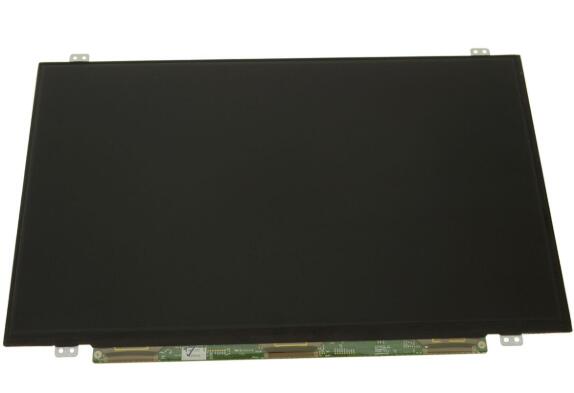Laptop screen resolution should be a major consideration when buying a new laptop. It is one of the things you should never fail to look out for when shopping for a new machine. In case you don’t know, native resolution or screen resolution simply refers to the number of pixels on the laptop’s display listed in the number across a screen by the number listed down the screen.

0R8RF – 14″ For Dell Latitude 5480 / Vostro 14 (5468) EDP FHD LCD Widescreen Matte
Graphics should be run at the screen resolution. This is actually when laptop displays look perfect. Of course, it is also possible to run at a very low resolution. However, running at a much lower resolution will create an extrapolated display. You definitely don’t want to end up with an extrapolated display as it has a tendency to reduce image clarity. This happens because the system is forced to use multiple pixels in order to try and display the same way a single pixels would typically appear under normal circumstances.
High native resolutions
High native resolutions or high screen resolutions typically allow for greater, finer detail in the image. Higher native resolutions also allow for increased workspace on the screen. The drawback of high-resolution displays however, is that fonts are usually smaller and you may find difficulty in reading them if you don’t perform font scaling. In more often than not, this is usually disadvantageous to people with poor eyesight. So, if you have a poor eyesight, you should consider opting for a lower resolutions screen or you can try possible solutions to this problem such as font scaling.
Besides font scaling, you can compensate for smaller fonts by simply changing the font size in your laptop’s operating system. Unfortunately, this could sometimes have some unintended results in some operating systems. Windows 10 and Windows 8 have this problem in particular especially with the most recent high-resolution displays. Windows also have this problem with high desktop mode applications.
Here is a chart showing various video acronyms referring to screen resolutions:
- WQSXGA+: 3800 × 1800
- WXGA: 1280 × 800 or 1366 × 786 OR
- SXGA: 1680 × 1050 or 1600 × 900
- SXGA: 1440 × 900
- SXGA: 1400 × 1050
- UXGA: 1600 × 1200
- WSXGA: 1680 × 1050 or 1600 × 900
- UXGA: 1600 × 1200
- WQXGA: 2880 × 1800
- WQXGA: 2560 × 1600
- WQHD: 2560 × 1440
- UHD: 4094 × 2160 or 3840 × 2160
Screens-People.com is professional Computer Screen Display trading and repaire wholesale provider, mainly focused on the screens for Dell,HP,Lenovo,Apple,ASUS,Acer and Microsoft.






Leave A Comment
You must be logged in to post a comment.